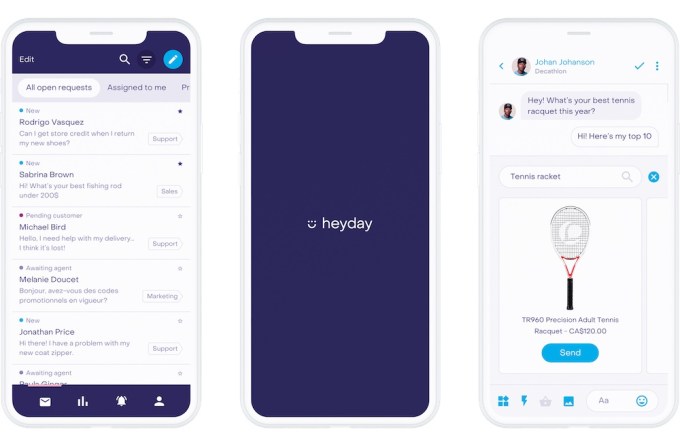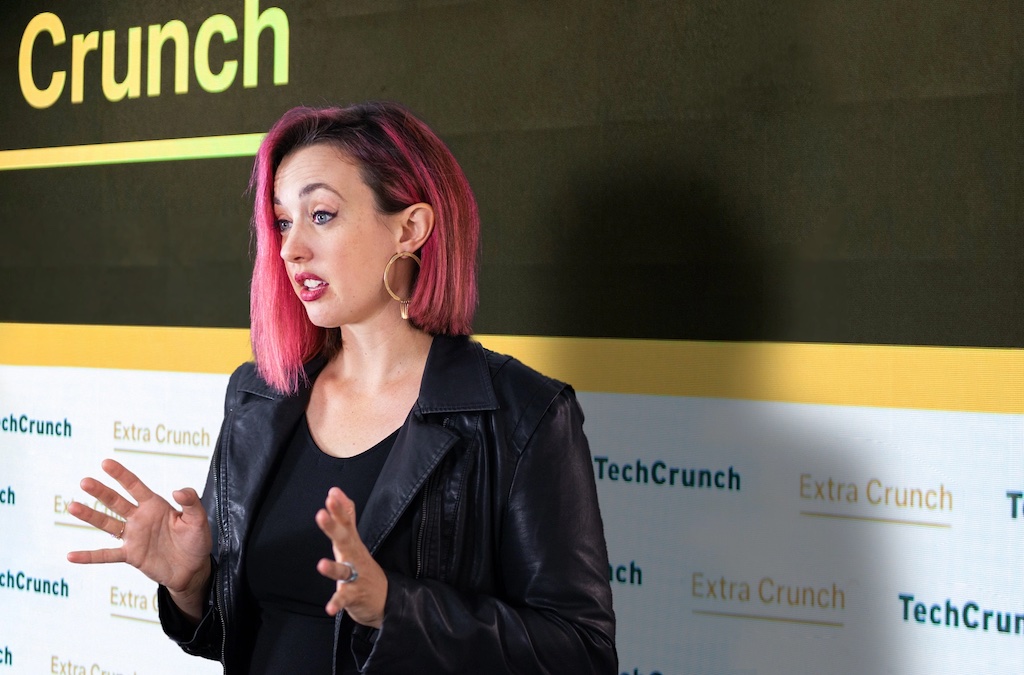As we’ve made our way through this pandemic, it has forced businesses to rethink and accelerate trends. One such trend is the movement to no-code tools to allow line-of-business users to create apps and workflows without engineering help. To help answer that demand, ServiceNow released a couple of new tools today as part of their latest release.
Dave Wright, the chief innovation officer at ServiceNow, says that COVID has forced more teams to work in a distributed fashion, and that has in turn has advanced the idea of putting software building into the hands of every employee.
“So because people haven’t had the same support networks and are distributed, you need to be able to produce software that has a consumer grade feel to it. And if you could get that in place, then you can get people to use the system. If you get people to use the system, then you start to get better employee productivity and employee engagement,” Wright explained.
This has typically revolved around the three main areas of focus on the ServiceNow platform — customer service, IT and HR — but in order to step outside those three categories, the company has decided to develop a new area called Creator Workflows, which are designed to help workers build new workflows suited to their needs.
Low code/no code is hot
The company has come up with a couple of new tools to help these Creators: AppEngine Studio and AppEngine Templates, which work together to help these folks build these no-code workflows wherever they work across an organization.
AppEngine studio provides the main development environment where users can drag and drop the components they need to build workflows that make sense for them. The templates take that ease of use a step further by providing a framework for some common tasks.
The new release also incorporates a couple of recent acquisitions: Loom Systems and Attivio. The company has taken the latter and repurposed it to be a platform-wide search tool called AI Search.
“It allows you to deliver contextualized consumer grade results. So it means that we can personalize the results that you get from a search back to you so that it’s more relevant to you and more focused on giving you that context that you really need to make sure you get actionable information,” he said.
Another company that they purchased was Loom Systems, which gave the company an AIOps component and the ability to inject that AI across the platform. Gab Menachem, who was CEO and co-founder at Loom prior to the acquisition, says the process of becoming part of ServiceNow has been smooth.
“Vendors in this space find themselves kind of giving customers a science project. In ServiceNow the whole focus of this year has been to incorporate [Loom] into the workflow and make work flow naturally, so that employee productivity would be boosted, and the engagement will be high. And that’s what we focus on, and I think it was a really easy transition into a big company because it just made all of our customers a lot happier,” Menachem said.
This new tooling is available starting today.
Powered by WPeMatico





